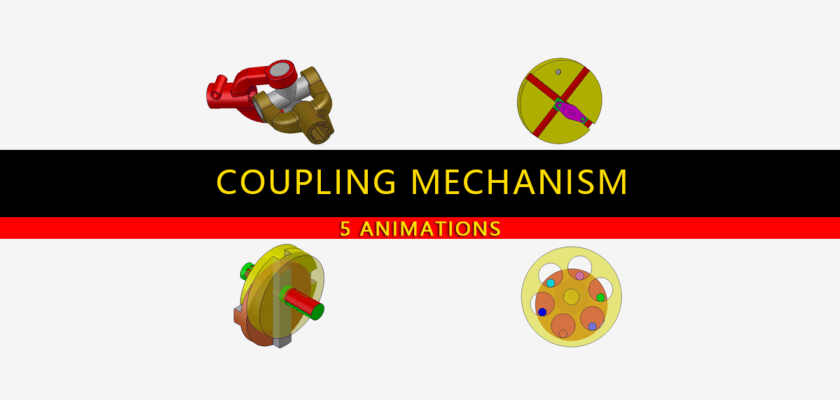Оглавление
Что такое coupling mechanism
The coupling mechanism motion refers to the connection between two rotating shafts, allowing them to transmit power and motion while accommodating misalignment, vibration, and thermal expansion. Couplings are essential components in various mechanical systems, ensuring efficient operation and reliability.
Ключевые особенности
- Types of Couplings:
- Rigid Couplings: Provide a solid connection between shafts, ensuring no relative motion. Used when precise alignment is possible.
- Flexible Couplings: Allow for some misalignment and movement between shafts, accommodating vibrations and thermal expansion (e.g., elastomeric, bellows, and universal couplings).
- Fluid Couplings: Use hydraulic fluid to transmit power, providing a smooth start and reducing shock loads.
- Функциональность:
- Передача энергии: Couplings connect the output of one shaft to the input of another, enabling efficient power transfer.
- Misalignment Compensation: Flexible couplings can handle angular, parallel, and axial misalignments, reducing stress on components.
- Vibration Damping: Some couplings can absorb vibrations, protecting connected machinery from damage.
- Приложения:
- Motors: Connecting electric motors to pumps, fans, and other machinery.
- Автомобильная промышленность: In driveshafts to connect the engine to the wheels.
- Промышленное оборудование: Used in conveyors, mixers, and compressors.
- Преимущества:
- Enhanced Performance: Allows for smoother operation by accommodating misalignment.
- Protection: Reduces wear and tear on machinery by absorbing shocks and vibrations.
- Универсальность: Available in various designs to suit specific applications.
